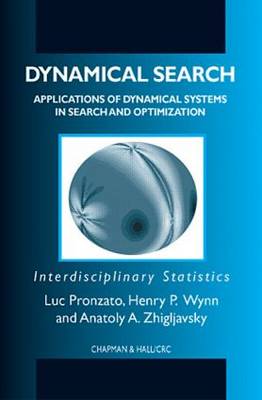Chapman & Hall/CRC Interdisciplinary Statistics
1 primary work
Book 7
Certain algorithms that are known to converge can be renormalized or "blown up" at each iteration so that their local behavior can be seen. This creates dynamical systems that we can study with modern tools, such as ergodic theory, chaos, special attractors, and Lyapounov exponents. Furthermore, we can translate the rates of convergence into less studied exponents known as Renyi entropies.
This all feeds back to suggest new algorithms with faster rates of convergence. For example, in line-search, we can improve upon the Golden Section algorithm with new classes of algorithms that have their own special-and sometimes chaotic-dynamical systems. The ellipsoidal algorithms of linear and convex programming have fast, "deep cut" versions whose dynamical systems contain cyclic attractors. And ordinary steepest descent has, buried within, a beautiful fractal that controls the gateway to a special two-point attractor. Faster "relaxed" versions exhibit classical period doubling.
Dynamical Search presents a stimulating introduction to a brand new field - the union of dynamical systems and optimization. It will prove fascinating and open doors to new areas of investigation for researchers in both fields, plus those in statistics and computer science.
This all feeds back to suggest new algorithms with faster rates of convergence. For example, in line-search, we can improve upon the Golden Section algorithm with new classes of algorithms that have their own special-and sometimes chaotic-dynamical systems. The ellipsoidal algorithms of linear and convex programming have fast, "deep cut" versions whose dynamical systems contain cyclic attractors. And ordinary steepest descent has, buried within, a beautiful fractal that controls the gateway to a special two-point attractor. Faster "relaxed" versions exhibit classical period doubling.
Dynamical Search presents a stimulating introduction to a brand new field - the union of dynamical systems and optimization. It will prove fascinating and open doors to new areas of investigation for researchers in both fields, plus those in statistics and computer science.
